The ancient city of Kyoto, with its timeless temples and whispered legends, holds a secret that few travelers experience: the haunting beauty of Kiyomizu-dera after dark. Unlike the daytime crowds that shuffle through the temple's famed wooden veranda, the night unveils a different magic—one that lingers in the glow of lanterns and the hush of centuries-old prayers. This is not merely a visit; it is an immersion into the soul of Japan.
As dusk settles over the Higashiyama district, the path to Kiyomizu-dera transforms. Stone steps, worn smooth by generations of pilgrims, catch the flickering light of paper lanterns. The air carries the faintest hint of incense, mingling with the earthy scent of maple leaves. By day, this temple is a postcard; by night, it becomes a living dream. The Special Nighttime Opening, held only a handful of evenings each spring and autumn, is Kyoto’s best-kept spectacle—a chance to witness the "Stage of Pure Water" suspended between the earthly and the divine.
The temple’s architecture, a masterpiece of 17th-century craftsmanship, takes on new drama under the moonlight. The massive wooden terrace, built without nails, juts dramatically over the hillside. Below, the darkness swallows the valley whole, making the structure appear to float. Lanterns cast elongated shadows across the eaves, where dragons and phoenixes carved into the beams seem to stir in the shifting light. Visitors speak in hushed tones, as if afraid to disturb the spirits said to gather here at night.
What truly sets this experience apart is the interplay of light and shadow. Illumination designers—modern-day artists—use carefully placed lights to accentuate the temple’s curves and angles. The famous Otowa Waterfall, where visitors once drank from sacred streams for health or wisdom, glimmers like liquid silver. Nearby, the three-storied pagoda, usually a distant silhouette by day, becomes a radiant beacon against the Kyoto skyline. Photography restrictions (enforced to preserve the ambiance) only heighten the sense of witnessing something ephemeral, something meant solely for memory.
Beyond the visual spectacle lies a deeper rhythm. Monks chant sutras in the main hall, their voices weaving through the night air. The temple’s bell, struck at intervals, sends vibrations through the ancient timbers. For a fleeting moment, the boundary between past and present dissolves. You might find yourself standing where a Heian-era poet once stood, watching the same moon rise over the same rooftops. This temporal collapse is Kiyomizu-dera’s true gift—an unspoken reminder that beauty, like the temple’s namesake waterfall, is both constant and ever-changing.
Practicalities matter, of course. Tickets for these nighttime events sell out within hours, often months in advance. The autumn viewing, synchronized with momiji (maple leaf season), commands particular devotion. Visitors bundle in layers—Kyoto’s mountain nights chill quickly—and wear sturdy shoes for the steep approach. Those who plan wisely linger afterward at nearby teahouses, where warm matcha and yatsuhashi sweets extend the enchantment.
To attend Kiyomizu-dera’s nighttime opening is to participate in a ritual far older than tourism. It is an act of quiet rebellion against the hurried modern world, a deliberate slowing down. As you descend the lantern-lit path at evening’s end, the temple receding behind you, one truth settles deep: some places refuse to be merely seen. They demand to be felt, and Kiyomizu-dera at night—with its shadows and whispers and weight of history—feels like coming home to a home you never knew you had.
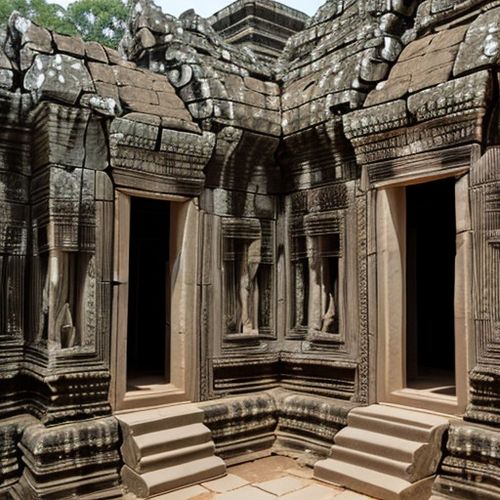
By Thomas Roberts/Apr 28, 2025
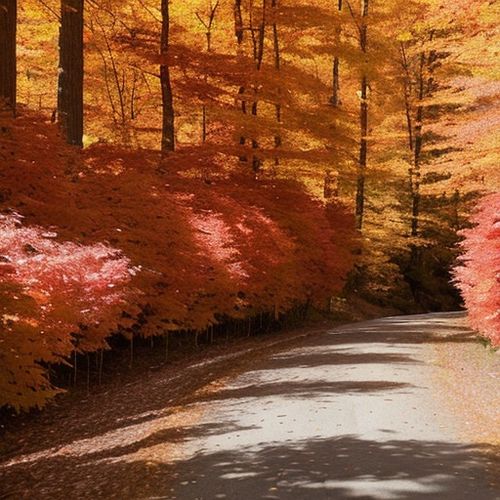
By Samuel Cooper/Apr 28, 2025
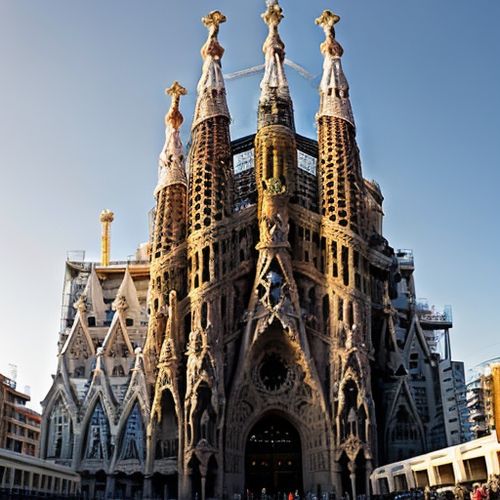
By Eric Ward/Apr 28, 2025
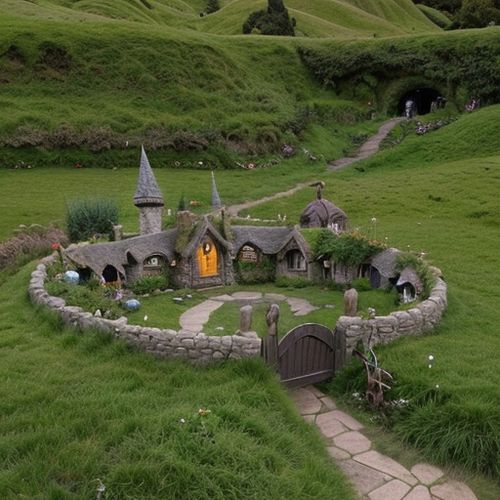
By Michael Brown/Apr 28, 2025

By Amanda Phillips/Apr 28, 2025
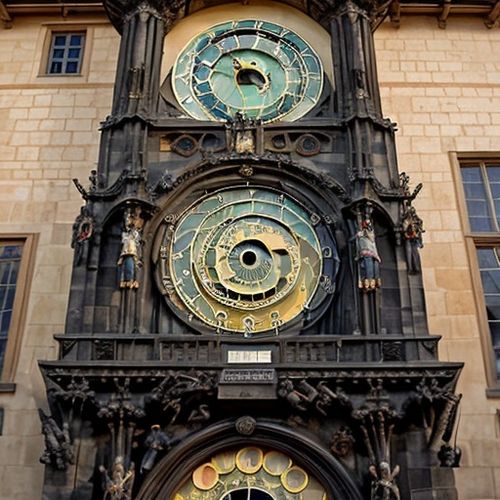
By Grace Cox/Apr 28, 2025
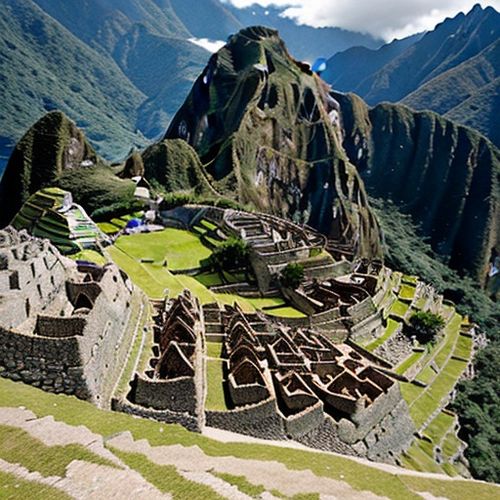
By Elizabeth Taylor/Apr 28, 2025

By Sarah Davis/Apr 28, 2025
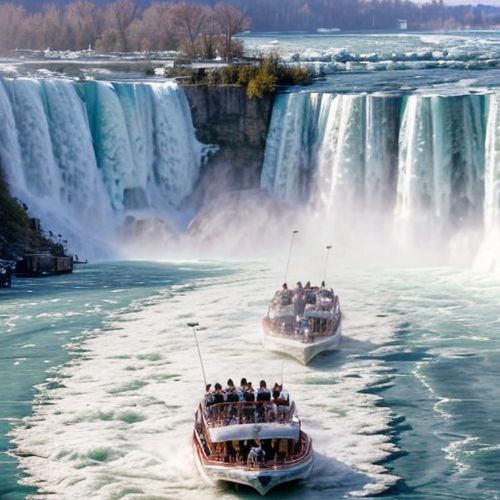
By Megan Clark/Apr 28, 2025
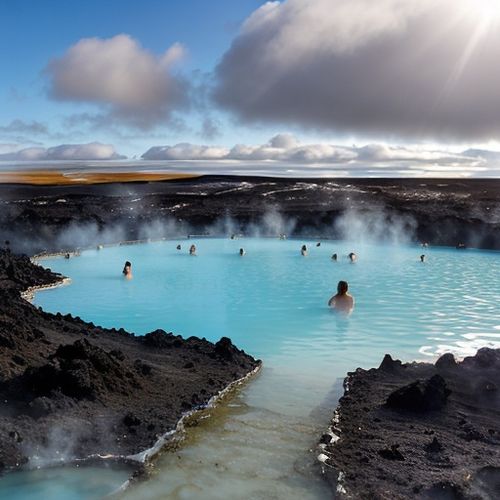
By John Smith/Apr 28, 2025
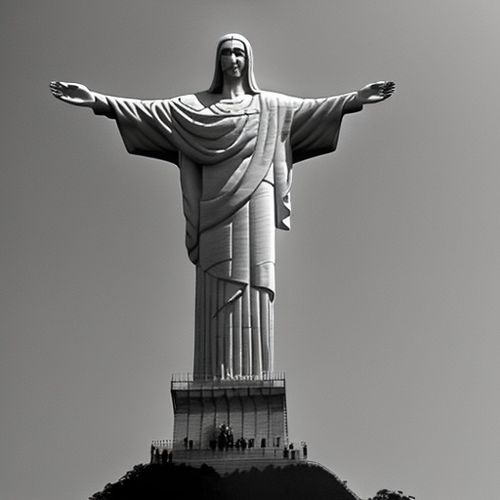
By John Smith/Apr 28, 2025
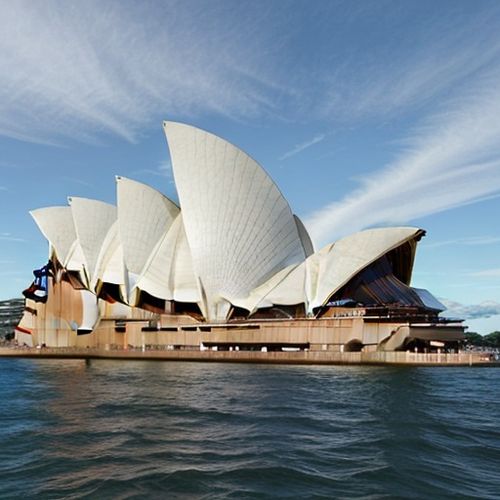
By David Anderson/Apr 28, 2025
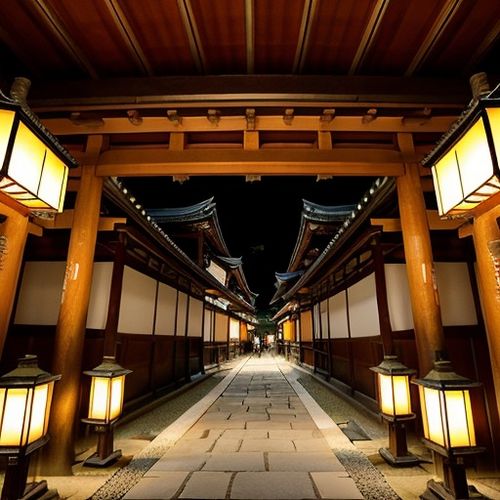
By Olivia Reed/Apr 28, 2025

By Jessica Lee/Apr 28, 2025
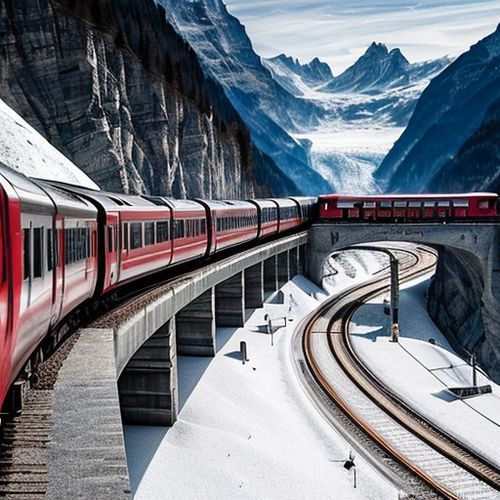
By Victoria Gonzalez/Apr 28, 2025